
On the Grand Canal is a sign that reads ‘No Mafia! Venice is Sacred’. This suggests that organised crime has not yet penetrated the city, yet in Jonathan Holt’s book The Abomination, the first entry in his Venice trilogy, you can see how many areas of the underground economy are controlled by Italian crime families. In like fashion, crime films and TV series also insinuated themselves into this year’s Venice Film Festival. Netflix premiered Suburra, a series based on the novel and earlier film about the Sicilian mafia’s plan to build a port on the Roman seaside to import cocaine. Paramount screened the Hollywood Oscar contender Suburicon, directed by George Clooney and with Matt Damon at the center of a family murder plot hatched in a supposedly crime-free, whitewashed town in the 1950s. These were two of the most prominent entries in the festival, but not the best. Venice is the lauchpad for autumn movies and TV series, and below are five highly enjoyable and in many ways deeply socially critical festival entries that will be making their way to screens of all sizes in the coming weeks and months.
5 – Equilibrium
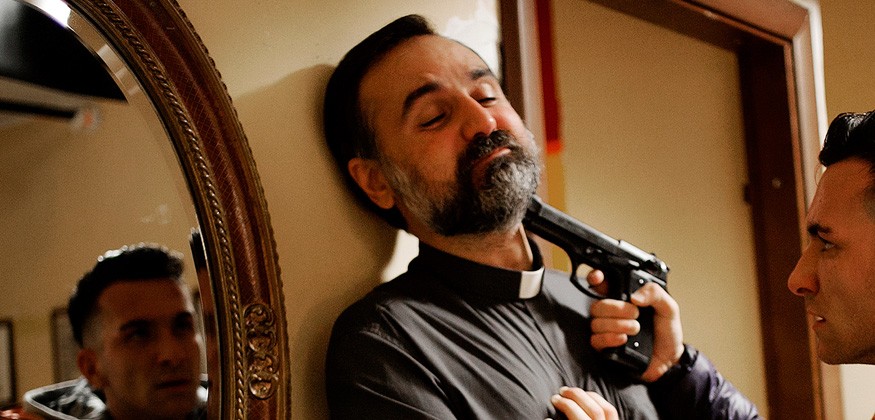
A film that in an offbeat way explores the omnipresence of organised crime in Italian society, Equilibrium concerns a priest leaving the safe confines of Rome to return to his village in Southern Italy. At first seems the town’s problem seems to be that has become an illegal waste dump, but he soon learns that the place is infested with young, local crime lords who, having already sold the land as chemical waste deposit, now see the population as a market for their narcotics. The priest struggles mightily but ultimately in vain against the weight of this double carnage and we also are devastated by its impact.
4 – Manhunt
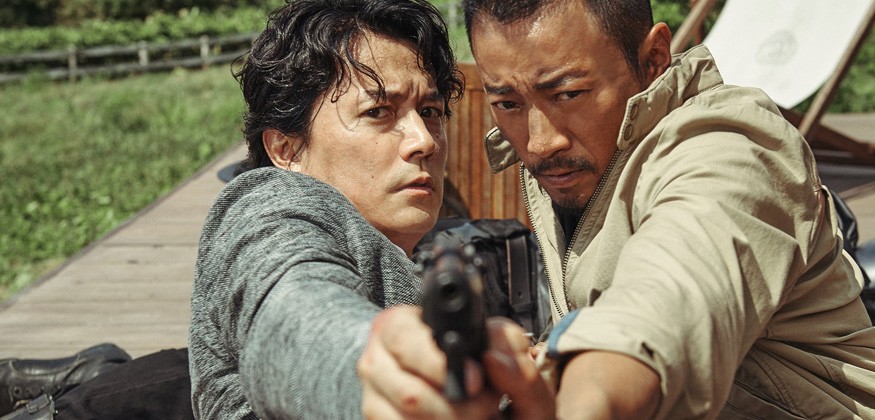
Who would have guessed that a crime buddy movie would finally bring China and Japan together? John Woo’s (Face/Off, Broken Arrow) return to his Asian cinema roots is a rip snorting meeting of a Chinese lawyer, framed for murder by an evil pharmaceutical company, and an honest cop in Osaka. They battle each other in their pursuit but finally achieve a hard-fought respect that enables them to overcome the corporate menace. The multiple action sequences suggest that the Asian blockbuster with Woo’s tutelage is now set to rival Hollywood. The opening, which introduces two female killers for hire, is one of Woo’s best with his patented slow-motion action sequences now incorporating pell-mell multi-frame cutting within the stretched out sequence.
3 – Wormwood
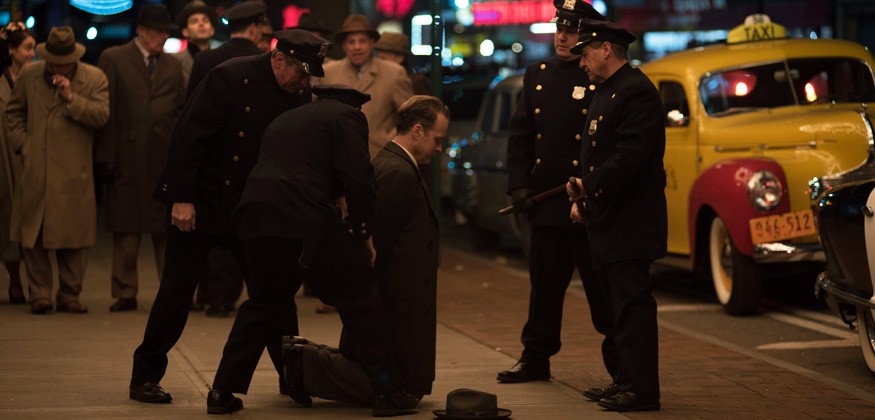
Errol Morris is still best remembered for The Thin Blue Line, a documentary that partly dramatised the tale of a drifter falsely ensnared in the Texas legal system. Morris’ six-part Netflix series premiers in December and builds on that magnificent 1988 debut. In the fictional component, Peter Sarsgaard is Cold War scientist Frank Olson, an agriculturist who is enlisted in a biological weapons program that he opposes, and this ultimately seals his doom. The documentary component focuses on Olson’s son Eric and his decade-long quest for the truth about his father’s death, which is compared in the film to that of Hamlet. The revelations involving the Korean War, LSD, American brainwashing techniques, and CIA assassinations come fast and furious, ultimately concluding the fiction aspect of the movie with an imagining of Frank Olson fate. Meanwhile, its documentary element winds up with an appearance by investigative reporter Seymour Hersh, who is reluctant to expose the coverup. The murky camerawork and dark lighting of the fiction emotionally echoe the revelations of the documentary. Superb work in a transcendent series.
2 – Angels Wear White
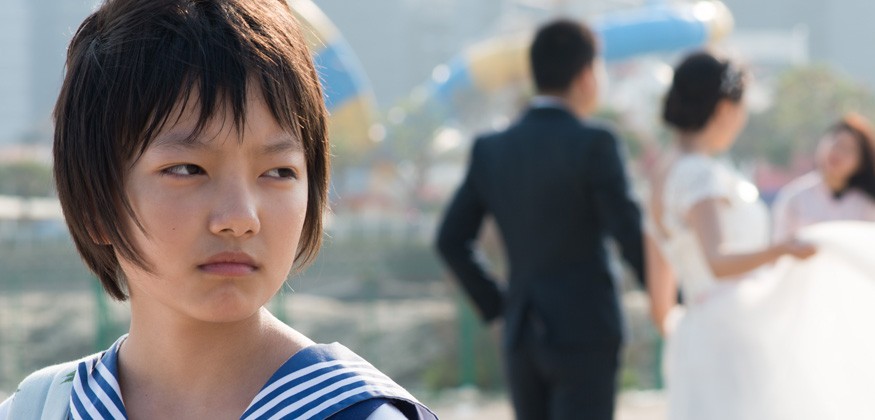
One of the most memorable of contemporary Chinese movies is Black Coal: Thin Ice, a serial killer film that really dealt with the deterioration of personal relations in the country’s capitalist phase. The producer of that film, Vivien Qu, has directed this equally savage laying bare of a country fuelled by corruption. This story of a rape by a police commissioner of two young girls at a beach resort town in the highly industrialised southeast focuses on the layers of coverup that prevent justice from occurring. And this is exacerbated by the money ethos that permeating the society. One girl is bought off with a promise to pay for a boarding school education, a young woman witness is beaten by the police and, finally, the full array of medical technology is enlisted to keep the commissioner’s power intact. The last image of the witness fleeing and trailing an iconic Marilyn Monroe statue illustrates the inability of women to finally escape this male carnage driven by status and profit.
1 – The Shape of Water
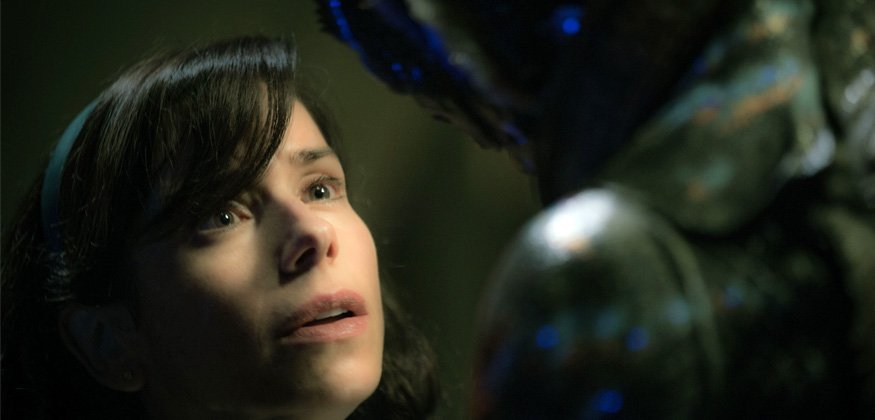
Best of a batch of films about the Cold War, which filmmakers seem to be using at the moment to criticise the contemporary military-industrial-security state, Guillermo Del Toro’s McCarthyite fantasy harks back to two of his previous works. The Devil’s Backbone is a horror film set in the last days of the Spanish Civil War, in which he likens Franco’s fascism with America’s Cold War stance. The second is Hellboy, a rewriting of the superhero film with what appears to be a monster turning into a hero. In The Shape of Water, the evolving monster becomes the maniacal and gangrenous Cold War security chief played by Michael Shannon. The film also belongs to lead actress Sally Hawkins. She plays a mute cleaner of a locked down military facility who, in her quest to save what the military industrial complex calls a monster, gets help from a ragtag band of misfits. They include: an African-American fellow worker who stands up to her husband; a gay artist who tells the mute woman’s story; and a Russian scientist more interested in the creature as revelation than as weapon. This mermaid story in reverse, a rewriting of Splash from the female perspective, even features a musical number recalling La La Land. However, here the musical number marks a much harder won triumph and a reprieve from the awfulness of the dreary existence most souls were confined to in that bleak period. Best film at the festival and leading contender for this year’s Academy Award.
This feature was written by Dennis Broe, the author of: Film Noir, American Workers and Postwar Hollywood; Class, Crime and International Film Noir; and Maverick or How the West Was Lost. His current book, to be published in 2018, is Hyperindustrialism and Television Seriality: the end of leisure and the birth of the binge.
Also see our top five crime films of the 2017 Cannes Film Festival, including Wind River.








